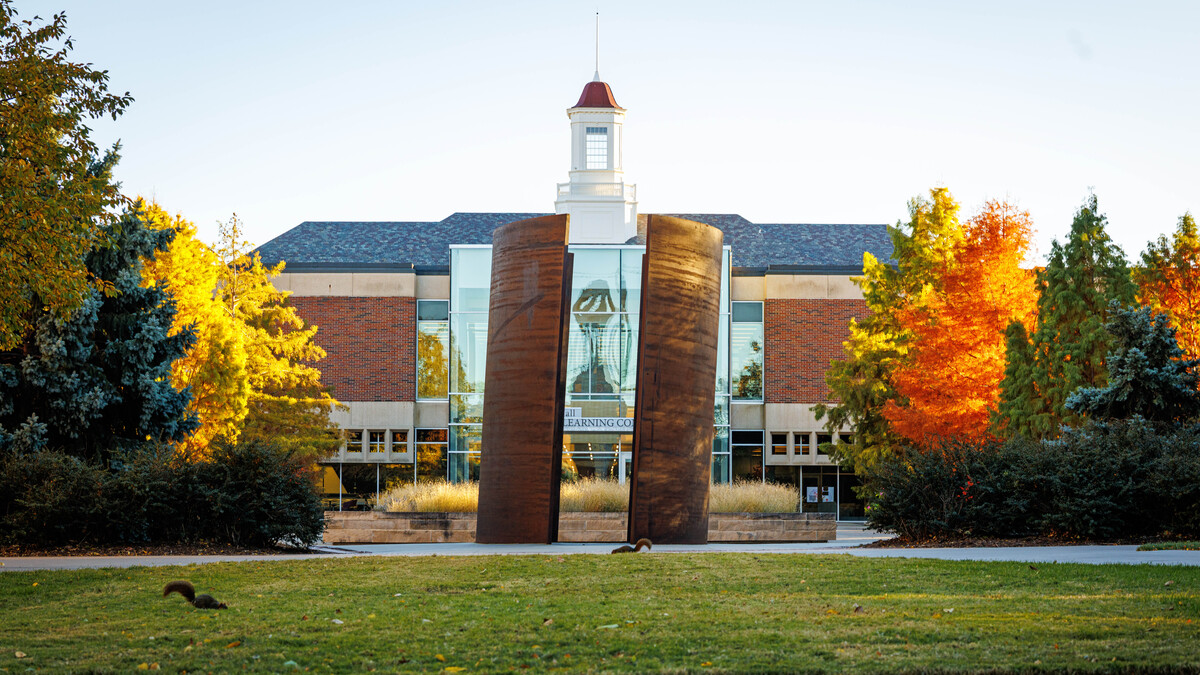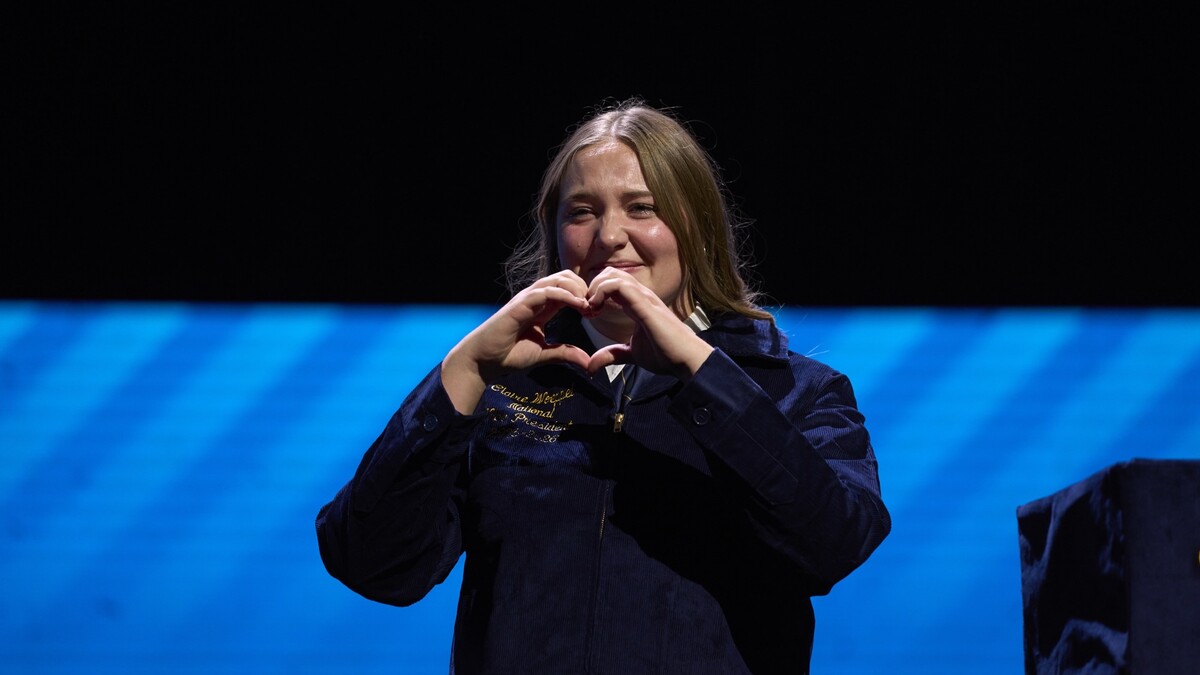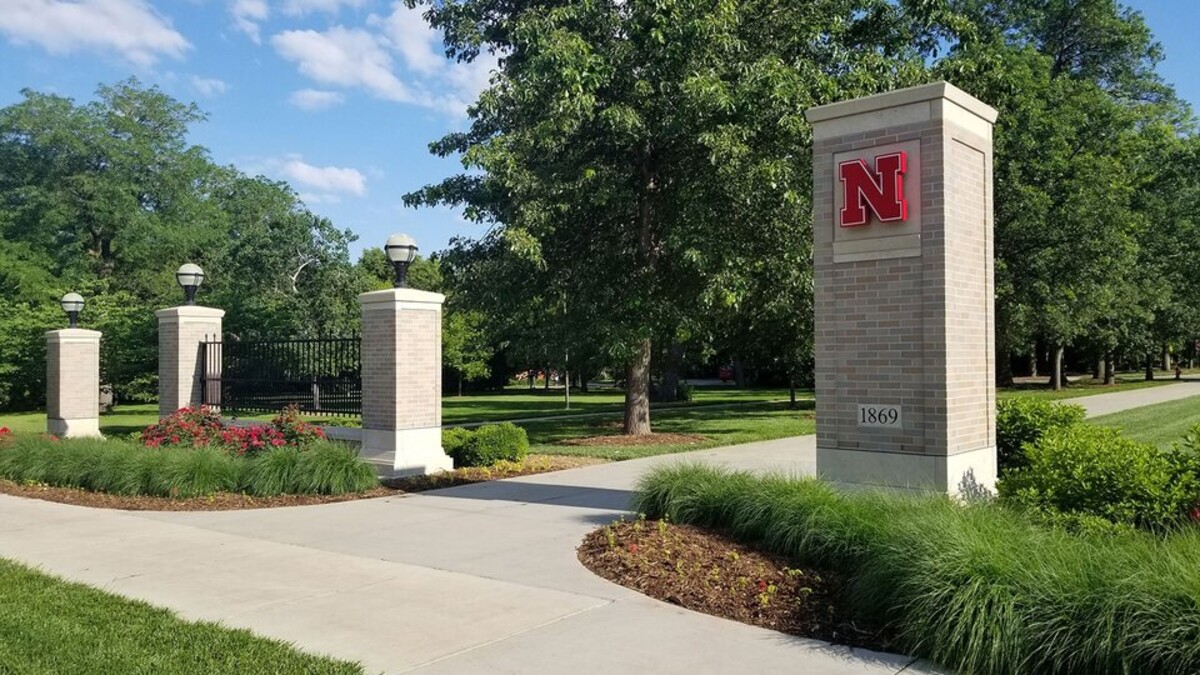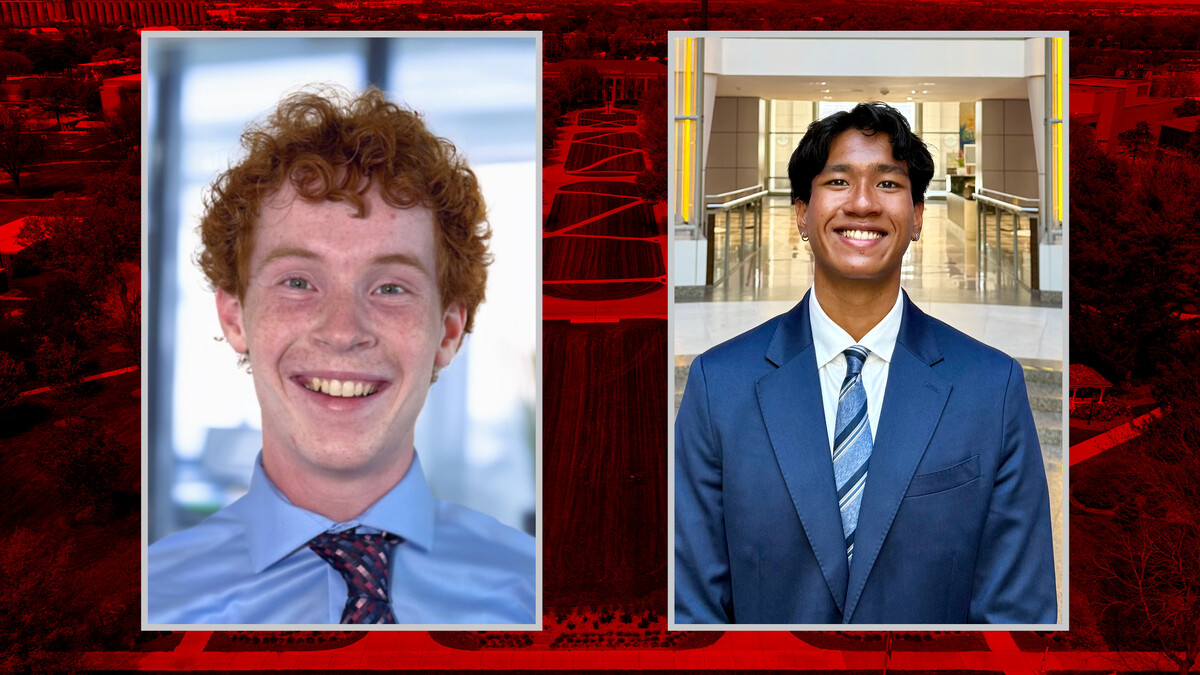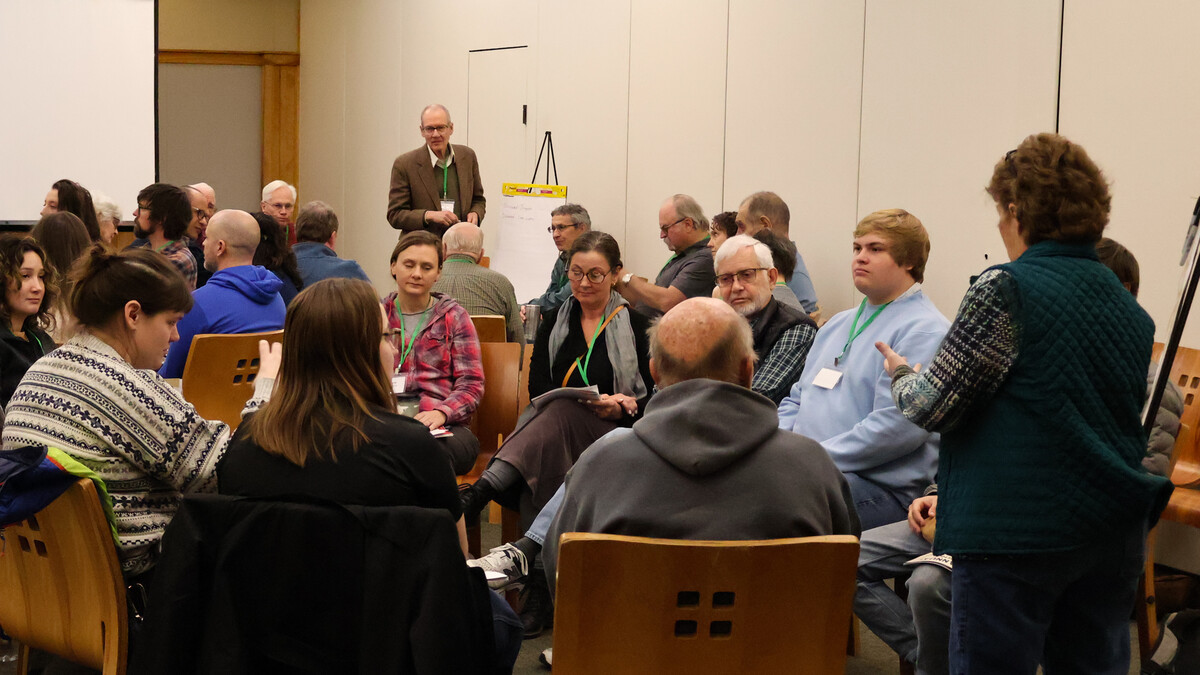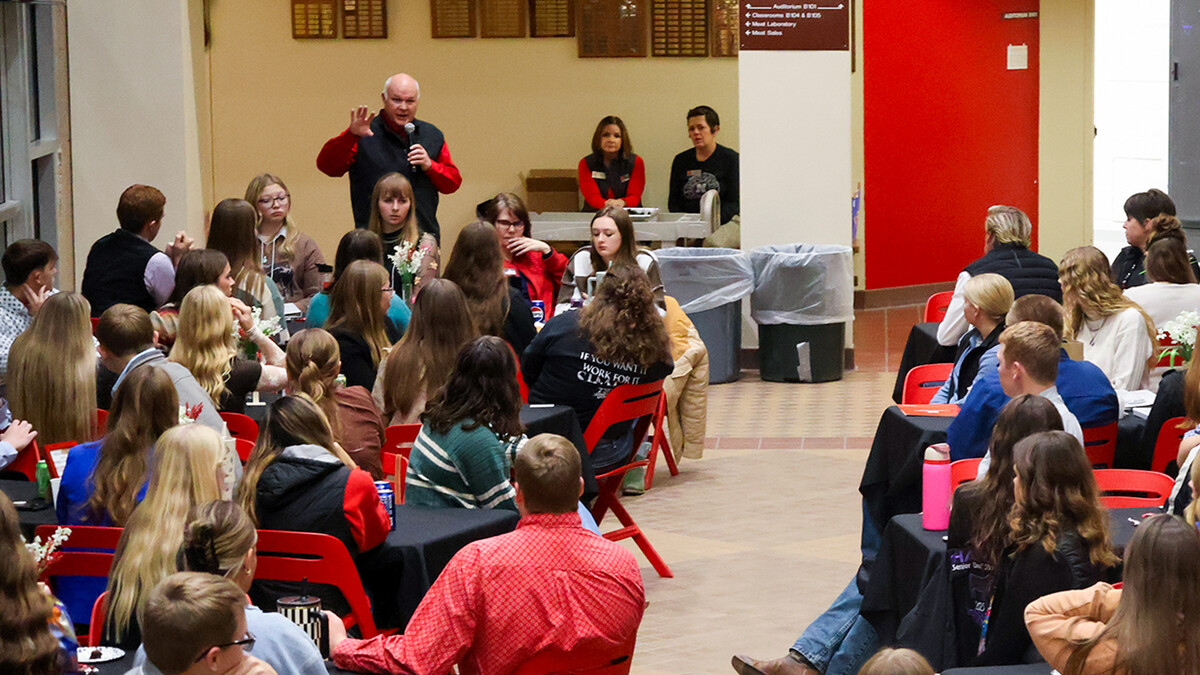May 2, 2014
LINCOLN, Neb. — Fifty years ago Congress approved legislation that began the transfer of a Naval Ammunition Depot to the U.S. Department of Agriculture, thus creating the U.S. Meat Animal Research Center at Clay Center.
Since that time, scientists at the center and USDA Agricultural Research Service scientists at the University of Nebraska-Lincoln have grown its flagship genetics program and its germ plasm evaluation project, which has evolved to be the largest breed comparison study over the last 35 to 40 years, said John Pollak, the center's director. The project also has information on how various breed crosses worked as composites.
"It laid the foundation for commercial ranches around the country," Pollak said.
USMARC houses both UNL and federal employees and also is the home to the Great Plains Veterinary Educational Center.
During the last 15 years, capitalizing on its wealth of genetic diversity information, scientists began working in genomics and have been developing and refining genomic tools for use in selection by the industry, Pollak said.
"During that time period, the genomics group worked on the first case of BSE, using genomics to identify the origin of the animal," Pollak said. "It identified that particular cow was a Canadian animal, not a U.S. animal."
The program also produced marker tests such as those for tenderness and for the genetic defect osteopetrosis in Red Angus cattle.
In addition, USMARC was one of the collaborators, along with the University of Missouri, ARS Beltsville and the University of Alberta research teams, to work on the development of the original 50K SNP chip.
"Today, USMARC is sequencing their discovery population to better learn about the underlying mutation causing variation in economically relevant beef traits," Pollak said.
In the late 1990s, USMARC scientists began a focus on food safety and developed mitigation strategies for management of E. coli through the production cycle from the feedlot to harvest.
Scientists are now sequencing the genomes of E. coli and Salmonella to better understand the genetics behind antibiotic resistance, as well as to provide genomic DNA diagnostic tools to screen meat products for those pathogens.
Since the main focus of the Beef Improvement Federation's annual meeting is genetics, it is fitting that the meeting will be held in Nebraska this year in conjunction with the USMARC's 50th anniversary.
Many of the USMARC faculty and scientists have been involved in BIF through research presentations since its beginning.
A June 21 post conference tour following the 2014 Beef Improvement Federation's annual meeting and research symposium will bring participants to the USMARC, where they will visit two sites – the center's feedlot and pasture.
Participants will view the large feed efficiency facility and hear from nutritionists and geneticists about what is going on in the facility and what scientists have learned form it. Participants also will hear from one of the scientists from the environmental management area that works on heat stress.
At the pasture, participants will see a wide array of different animals in the germ plasm evaluation project and hear about its results.
Co-hosted by UNL, USMARC and the Nebraska Cattlemen, the 2014 Beef Improvement Federation's annual meeting will start at noon June 18 with registration.
# # #
Annual BIF Meeting at Nebraska in 2014
It's no coincidence that 2014 Beef Improvement Federation's annual meeting and research symposium is in Nebraska, said Matt Spangler, associate professsor in University of Nebraska-Lincoln's animal science department.
The U.S. Meat Animal Research Center is celebrating its 50th anniversary in 2014, and USMARC scientists have contributed to the annual BIF meeting since its beginning, he said.
The 2014 BIF meeting will allow the research community and industry to meet and discuss issues surrounding the genetic improvement of beef cattle and for attendees to learn about technologies and management practices that can aid in the profitability of their operations.
Co-hosted by UNL, USMARC and the Nebraska Cattlemen, the event will start at noon June 18 with registration. A welcome reception will kick off the event at 5 p.m. followed by a USMARC Symposium: 50 Years of Service to the Beef Industry.
On June 19, the meeting will start at 8 a.m. with a general session and welcome. Presentations and technical breakout sessions will follow through June 20. A post-conference tour will take place on June 21.
Cost to attend the 2014 Beef Improvement Federation's annual meeting and research symposium June 18-21 at the Cornhusker Marriot in Lincoln is $300. Day-only, student and media discount rates also are available. For a full and up-to-date conference schedule, lodging information or to register, visit http://go.unl.edu/bif2014.
The Beef Improvement Federation was formed more than 45 years ago to standardize beef cattle performance programs and evaluation methodology and to create great awareness, acceptance and usage of these concepts for the genetic improvement of beef cattle. It represents more than 40 state and national beef cattle associations.
John PollakCenter Director
U.S. Meat and Animal Research Center
402-762-4109
e.john.pollak@ars.usda.gov
Matthew Spangler, Ph.D.
Associate Professor
Animal Science
402-472-3571
mspangler2@unl.edu
Sandi Alswager Karstens
IANR News Service
402-472-3030
skarstens2@unl.edu
